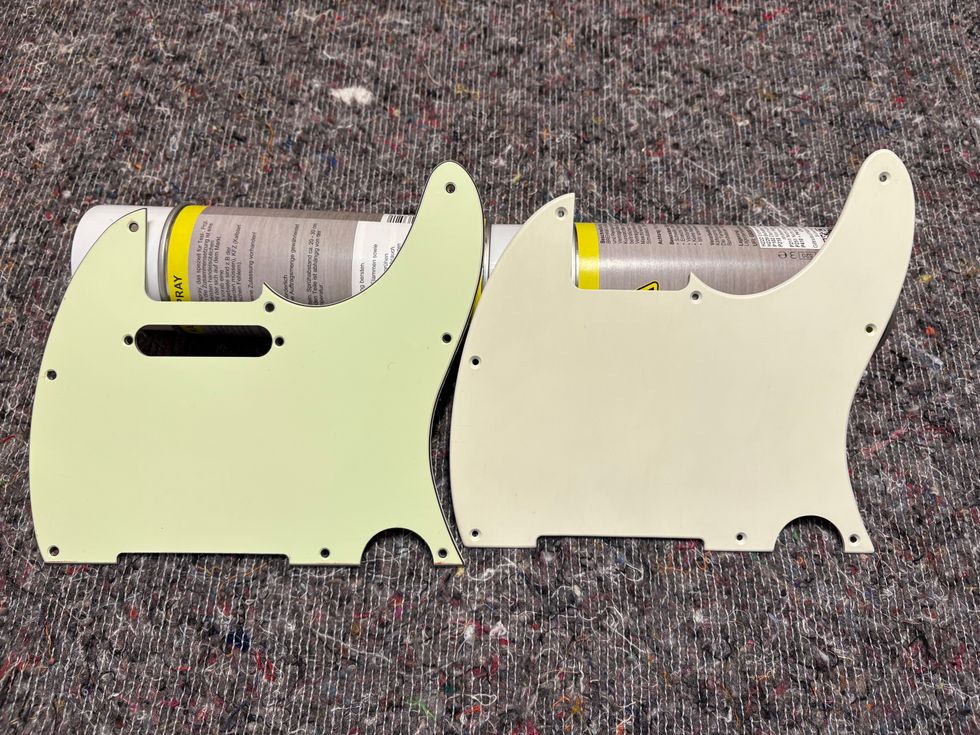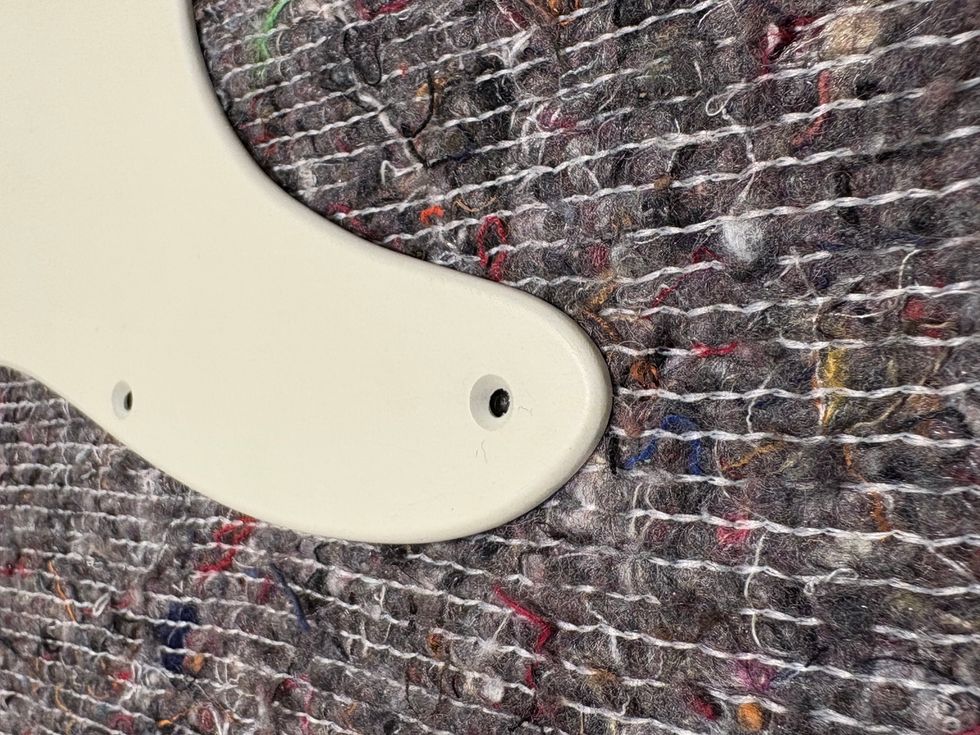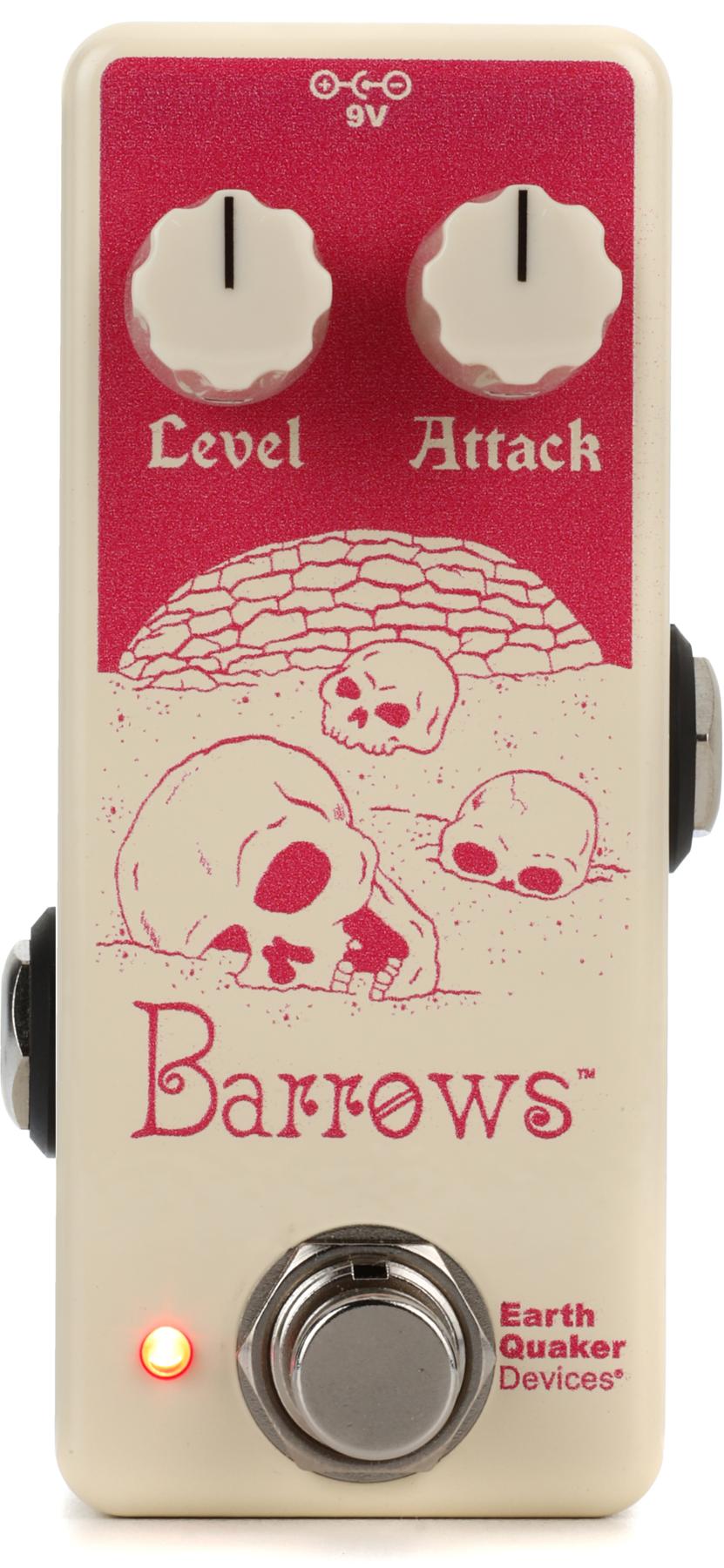So, now that I’ve written a couple of columns in which I’ve blabbered on about jazz and blues guitar records that have meant a lot to me (to everyone that sent me an email, thank you!), it’s time to shift gears and perhaps get back to some more “how to” kind of stuff. And I’ll start by discussing a few musical concepts that I find very important.
Tone is king
If the sound of the instrument (any instrument) doesn’t get me, then the rest doesn’t really matter. I need that link to the sound. And what makes great tone? Well, to me it can be a broad palette, but since this is a guitar mag let’s limit it to just guitar. My all time favorite jazz tone is Howard Roberts’ sound on H.R. Is A Dirty Guitar Player, closely followed by Wes Montgomery’s sound. Other examples of players that always seem to get a sound that grabs me are Ry Cooder, Christopher Parkening, Jim Hall, Tony Rice, B.B. King and Hound Dog Taylor. They’re all very different sounds, but they all get me. Why? Who really knows; the why just happens in your gut when you hear something that works for you. And don’t get me wrong, I’m not saying that the things that sound great to me will work for you. My point is that tone matters.
Playing to the song
Did you ever hear a song that had a solo that had become a part of the song? Think about the guitar lick on “My Girl” by the Temptations; how could you have that song without that lick? Or how about Richie Blackmore’s solo on Deep Purple’s “Highway Star”? A worthy goal is to try and make what you play indispensable to the song, and I think you may have read that here once or twice before.
Playing to the song can be made up of little “bits” too. When you make a recording, you can layer in sounds, licks and other things that only appear once. Listen to the production of recordings and it can teach you ways to play, and ways to fit into what’s happening. The Beatles and Stevie Wonder were masters of sticking things in their songs that on their own sounded goofy, but in the mix it sounded like the work of a genius. One of the best produced songs I have ever heard is Shawn Colvin’s studio version of “Sunny Came Home.” Check it out and listen to how subtle the parts are, and yet they make a texture that gives you a kaleidoscopic motion all through the tune. It even ties in with the lyrical content. Amazing!
In jazz and blues where improvisation is important, you can still get things happening that are melodic or thematic. Those are the things that keep me coming back again and again to a recording. It’s not the chops. A great example of this kind of playing is Jim Hall’s solo on “All Of A Sudden My Heart Sings,” from his Circles album. The CDs that I actually play over and over are the ones that tell me a story, the ones that go places that surprise me or just have something that seems “right” to me. By story I mean that the music takes me from one place to another. I can’t explain it any better than that, but I bet you know what I mean.
Simple is okay
Think about that organ solo on The Rascals’ “Good Lovin’.” If you sit down and try to figure it out, I bet it would take you all of one minute. And yet, you can sing every note of it after you hear it once! There are also things that sound easy then turn out to be not so easy. Chuck Berry’s intro to “Johnny B. Goode” comes to mind. Everyone can do it, but to play it like Chuck isn’t so easy.
Groove
Last, but far from least, I love music that grooves. What does that mean? Well, I don’t know, but I know it when I hear it. I try to bring the blues into everything I do because the blues are about feeling and phrasing. Be bluesy! Listen to B.B. King, Count Basie, Tower of Power, James Brown and Aretha Franklin. Listen to how vocalists bring in vibrato—one thing many pickers forget about. There are so many flavors, and you can use ‘em all if you want to—from fast B.B. King-style to slow Paul Kossoff-style.
And think about how you pick. Different thicknesses and materials sound different, so try different picks until you find your voice. Learn to use your fingers, both the nails and the skin parts because again, they sound different. The great glory of the guitar is that it can make a huge range of sounds, so explore them all. If you were a painter, would you paint with one color? And yes, I say this too much, but listening is so important. Listen to things outside of what you do then bring those things into what you do. Love it, and enjoy it. Damn, I love the guitar!
Pat Smith
Pat Smith founded the Penguin Jazz Quartet and played Brazilian music with Nossa Bossa. He studied guitar construction with Richard Schneider, Tom Ribbecke and Bob Benedetto, and pickin’ with Lenny Breau, Ted Greene, Guy Van Duser and others. Pat currently lives in Iowa and plays in a duo with bassist Rich Wagor.





















